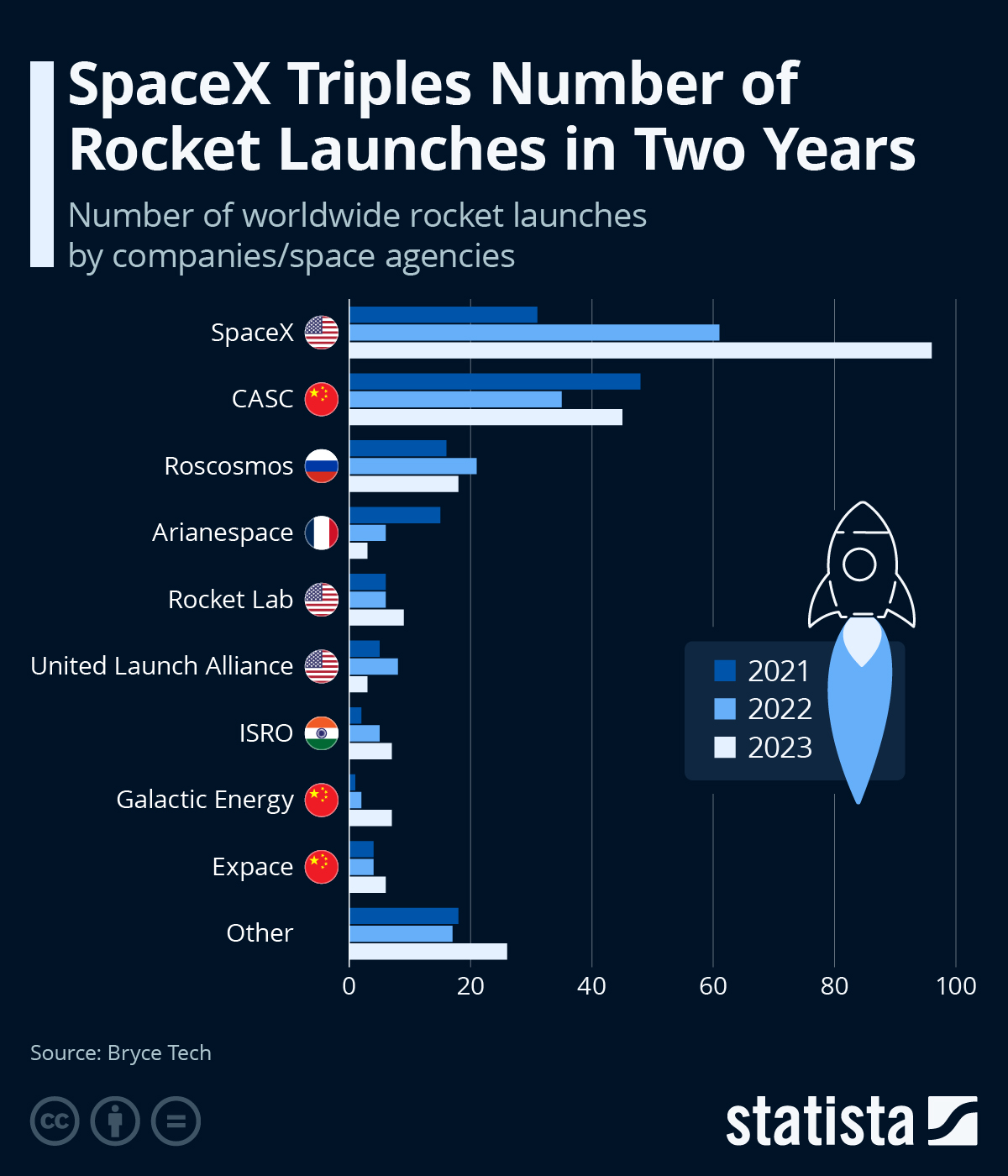this post was submitted on 14 Oct 2024
210 points (85.2% liked)
Technology
59374 readers
7244 users here now
This is a most excellent place for technology news and articles.
Our Rules
- Follow the lemmy.world rules.
- Only tech related content.
- Be excellent to each another!
- Mod approved content bots can post up to 10 articles per day.
- Threads asking for personal tech support may be deleted.
- Politics threads may be removed.
- No memes allowed as posts, OK to post as comments.
- Only approved bots from the list below, to ask if your bot can be added please contact us.
- Check for duplicates before posting, duplicates may be removed
Approved Bots
founded 1 year ago
MODERATORS
you are viewing a single comment's thread
view the rest of the comments
view the rest of the comments

I agree, but at what cost? When the satellites burn up, they are likely worsening the hole in the ozone layer. And even if they don’t, they are probably contributing to Kessler syndrome, which could ruin low earth orbit for generations.
Sources:
Edit: formatting
Starlink satellites will never contribute to Kessler syndrome. They are far too low for that
Even if they just stopped working in their existing orbit (worst case), they will burn up in a handful of years max
Sure, but that’s just Starlink. G60 was just launched at 1200 km, which will take thousands of years. OneWeb is at a similar altitude. Both are currently much smaller in scale, of course, but still potential problems. Not to mention the impact all three systems are having on astronomy.
For Starlink, I’m much more concerned about the aluminum oxide pollution. I linked the study in my earlier comment, but this magazine article does a better lay explanation: https://universemagazine.com/en/starlink-destroys-the-ozone-layer-that-would-recover-by-2066/ The worst part for me is that we might not actually see the bulk of the effects until 30 years from now when the aluminum from hundreds of tons of burnt up satellites descends into the stratosphere where 90% of our ozone is.